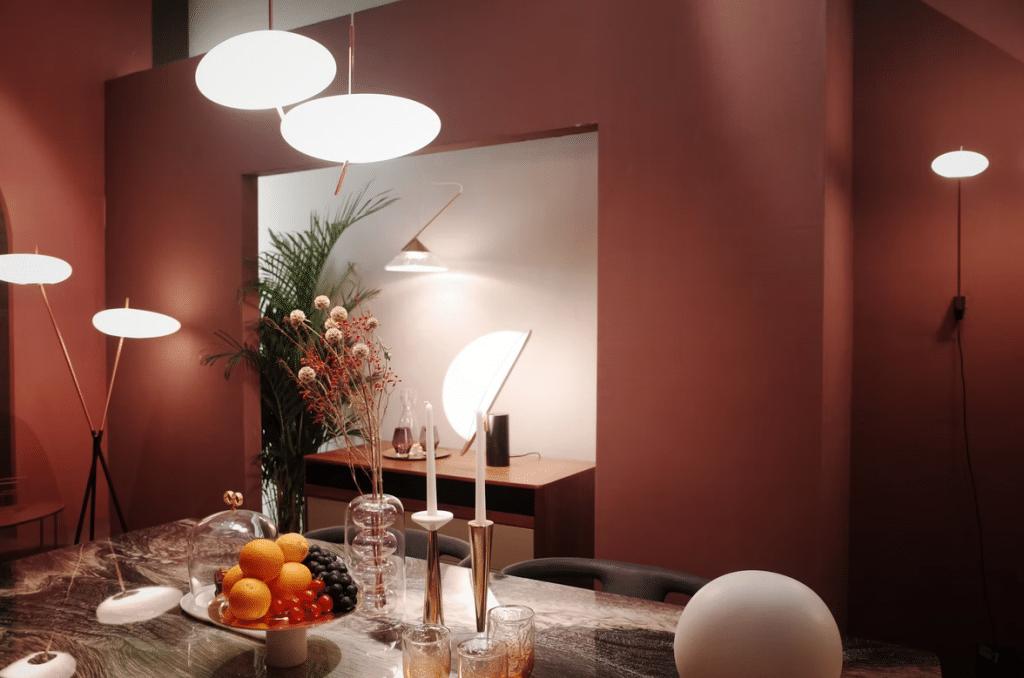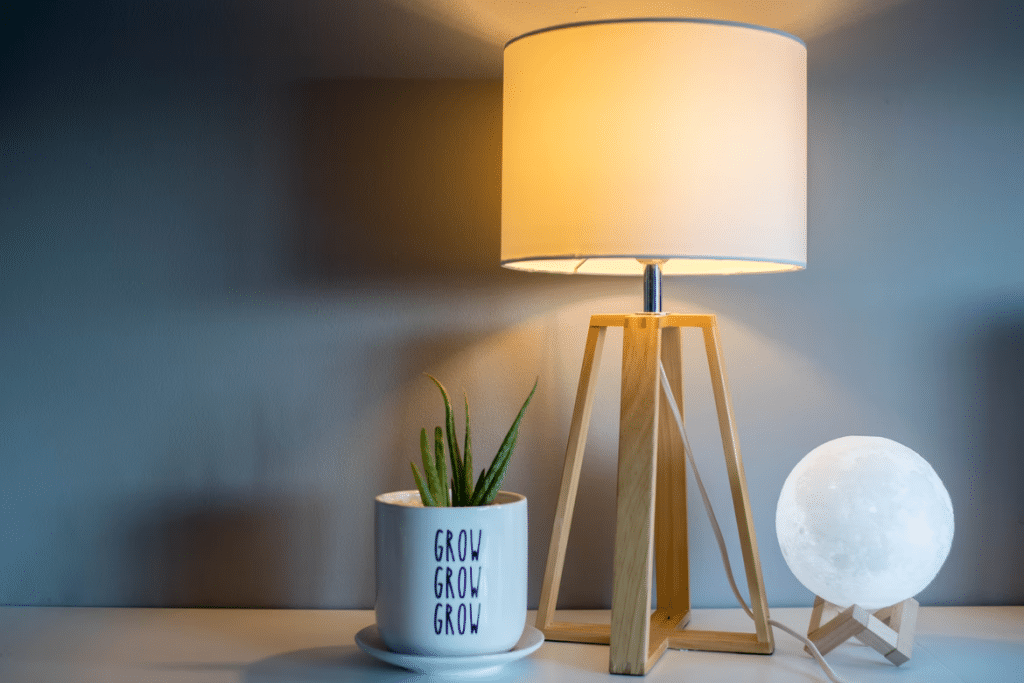Top Tips for Energy Conservation with Your Home Lighting
Energy conservation in the U.S. is a subject that doesn’t get enough attention. For the most part, we tend to focus on ways to reduce our respective electricity bills. However, it’s worth putting this in a wider context to understand just how much there is to be done on energy management.
According to the U.S. Environmental Protection Agency (EPA), residential housing already accounts for roughly one-third of the nation’s electricity consumption. The U.S. power grid is a marvel of engineering. It’s the largest machine on the planet, able to generate over 1 million megawatts of electricity. However, it’s also an aging, creaking, overloaded machine that’s approaching its limitations, and one that won’t be upgraded anytime soon.
Power plants are designed to generate the same amount of electricity that customers require at any given moment. This means that if the power grid is unbalanced, it fails. Consider that the U.S. suffers about 147 big blackouts each year. Electricity customers, on average, experienced over eight hours of power interruptions in 2020, the highest since electricity reliability data started being recorded.

Source: Unsplash.com
Lighting is a good, easy place to start saving on power consumption in your home. It accounts for as much as 15% of an average residential power usage. Here are our top tips to reduce your energy bill and contribute to sustainable power usage nationwide:
1. Switch to LED
Millions of U.S. households have shifted from incandescent light bulbs to more energy efficient lighting options, such as compact fluorescent lamps (CFLs) and light-emitting diode (LED) bulbs. LEDs use up to 90% less energy than incandescent technology and can last up to 25 times longer. They’re an excellent option for all kinds of lighting installations, from ceiling and wall fixtures to mood lighting, table lamps, and presence lighting. It’s also a great way to add some decorative lighting to your home. LED neons, for example, give you the stunning neon effect you’re so used to, but with the advantages of LED energy efficiency.
2. Switch Off Lights that Aren’t Being Used
Not original advice, but incredibly important, just the same. A 75-watt light bulb left on for just a couple of extra hours daily can make up 2 percent of your total monthly bill. It’s as easy as flipping off a switch every time you leave a room. Try doing it for a couple of days; you’ll be surprised at how quickly it becomes second nature.
3. Use Fewer Light Bulbs
Sixty percent of U.S. homes have 20 or more light bulbs installed, and 25% have 40 or more light bulbs. The more bulbs you have, the likelier you are to use them and leave them on when you don’t need them. Part of this is the number of light fixtures you have installed, but it’s also the kind of fixtures you choose. Try fitting your home with efficient fixtures and placements that maximize light distribution throughout a space without being wasteful.
4. Use Smart Lighting
It’s worthwhile investing in smart fixtures and appliances for the long-term gain they bring you. Presence detectors are a good way to ensure all the appliances are turned off in a room when nobody’s using it. These are handy if you’re prone to falling asleep in front of the TV or forgetting to switch off the lights when you leave your home.

Source: Unsplash.com
Lighting fixtures with automatic timers or dimmers are handy as well. With these you can modulate your energy usage and have your lights automatically switch off at set times. Also consider buying three-way light bulbs. These are bulbs that can operate at three different wattages (50 watts, 80 watts, and 120 watts, for example), letting you choose the lowest wattage you need at any time.
5. Use the Right Wall Paint
A slightly left-field suggestion, but one that can significantly improve the felt brightness and mood of a room. Light reflects off pale colors more easily than darker ones. This lets you use lower-wattage light bulbs in your home, while experiencing the same amount of brightness. You can even buy special reflective paint that offers as much as 10 times the reflective power of regular paint. It’s a great way to incorporate sustainability into your home decor, in addition to creating brighter spaces.
Take advantage of your reflective surfaces by placing your lamps in the corners of a room. This allows you to bounce the light off two wall surfaces, reducing the number of total fixtures you need.
6. Task Lighting
Use lighting that meets your specific functional requirements. Don’t light up the whole room when all you need is a reading lamp. Desk lights, bedside lamps, and under-cabinet lights are a few examples of good task lighting.
7. Install a Solar Tube
If your house has too few windows, you may often have to leave your lights on during the day. You end up missing out on some refreshing natural light and vitamin D. Try using a solar lamp for any hallway or interior room in your house with this problem. The fixture is basically a sheet-metal tube with a reflective material. Its top goes to the roof to capture sunlight, which is then channeled down into your home. A solar tube can cost you anywhere between $500 and $1000, and the light it provides is totally free and natural.
8. Pay Attention to Outdoor Lighting
Outdoor lights are usually left on all night. For this reason, make sure you’re using smart fixtures with LEDs or CFLs for those lights. Outdoor areas are also a great spot to use solar lighting, which store solar energy during the day and use it at night. They provide perfect ambient lighting for gardens, backyards, porches, and more.
9. Maintain Your Fixtures
Finally, be sure to regularly dust and clean your bulbs and fixtures. The dustier your lamps are, the less light they’ll emit, and the more tempted you’ll be to use an additional source of lighting. If you need post construction cleaning of the light fixtures, contact a local RestorationMaster company.
Keep researching the advantages and disadvantages of different lighting methods to reduce your power consumption. Remember that responsible lighting usage isn’t about living in darker spaces. It’s about finding ways to get the lighting you want and need in a more efficient and sustainable manner.












